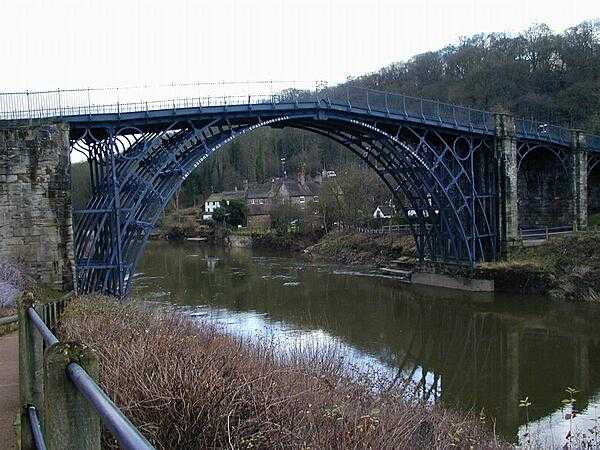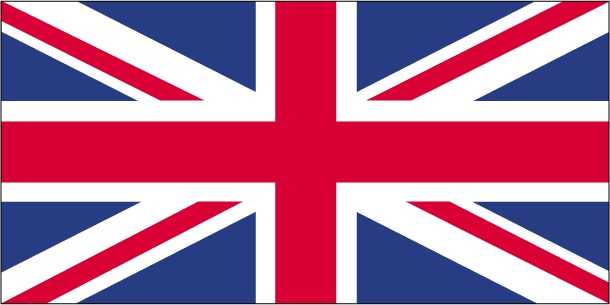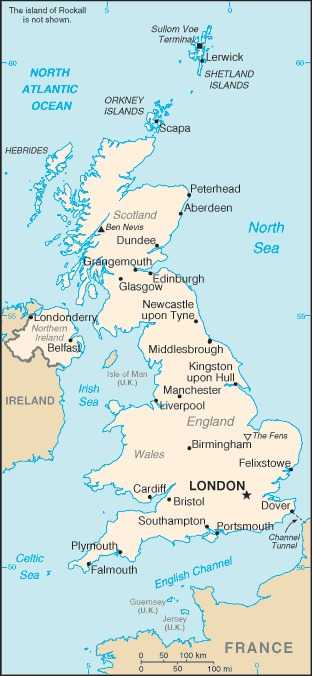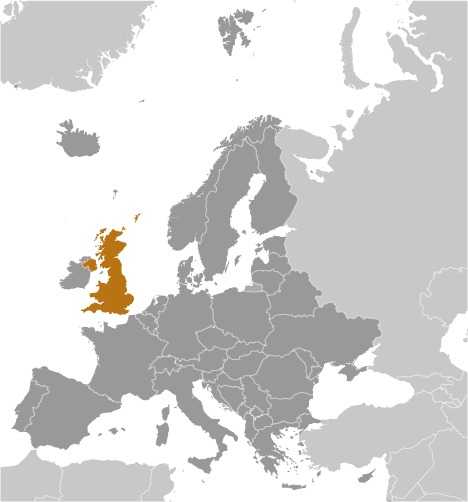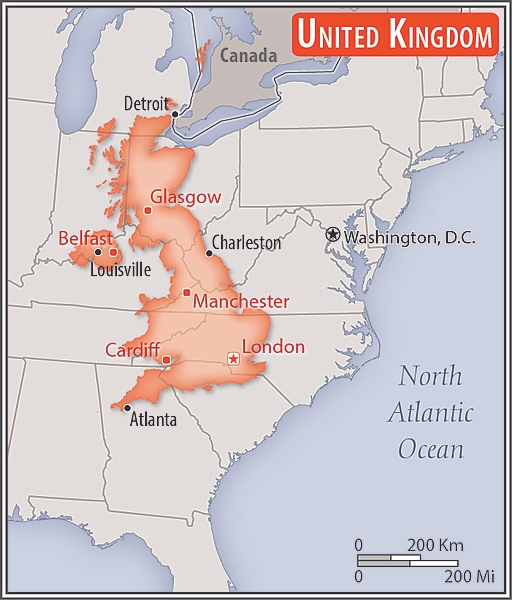Introduction
Visit the Definitions and Notes page to view a description of each topic.
Geography
People and Society
Population
comparison rankings: total 21; male 21; female 22
Median age
comparison ranking: total 58
Population growth rate
comparison ranking: 154
Birth rate
comparison ranking: 170
Death rate
comparison ranking: 53
Net migration rate
comparison ranking: 39
Maternal mortality ratio
comparison ranking: 155
Infant mortality rate
comparison ranking: total 190
Life expectancy at birth
comparison ranking: total population 33
Total fertility rate
comparison ranking: 177
Obesity - adult prevalence rate
comparison ranking: 36
Alcohol consumption per capita
comparison ranking: total 24
Tobacco use
comparison ranking: total 118
Children under the age of 5 years underweight
comparison ranking: 122
Education expenditure
comparison ranking: Education expenditure (% GDP) 34
Environment
Carbon dioxide emissions
comparison ranking: total emissions 17
Government
Economy
Real GDP (purchasing power parity)
comparison ranking: 10
Real GDP growth rate
comparison ranking: 174
Real GDP per capita
comparison ranking: 38
Inflation rate (consumer prices)
comparison ranking: 109
GDP - composition, by sector of origin
comparison rankings: agriculture 185; industry 157; services 26
Industrial production growth rate
comparison ranking: 142
Labor force
comparison ranking: 19
Unemployment rate
comparison ranking: 69
Youth unemployment rate (ages 15-24)
comparison ranking: total 99
Gini Index coefficient - distribution of family income
comparison ranking: 102
Public debt
comparison ranking: 5
Taxes and other revenues
comparison ranking: 7
Current account balance
comparison ranking: 193
Reserves of foreign exchange and gold
comparison ranking: 20
Energy
Electricity
comparison rankings: installed generating capacity 14; consumption 20; exports 25; imports 5; transmission/distribution losses 197
Energy consumption per capita
comparison ranking: 55
Communications
Telephones - fixed lines
comparison ranking: total subscriptions 8
Telephones - mobile cellular
comparison ranking: total subscriptions 21
Broadband - fixed subscriptions
comparison ranking: total 9
Transportation
Merchant marine
comparison ranking: total 29
